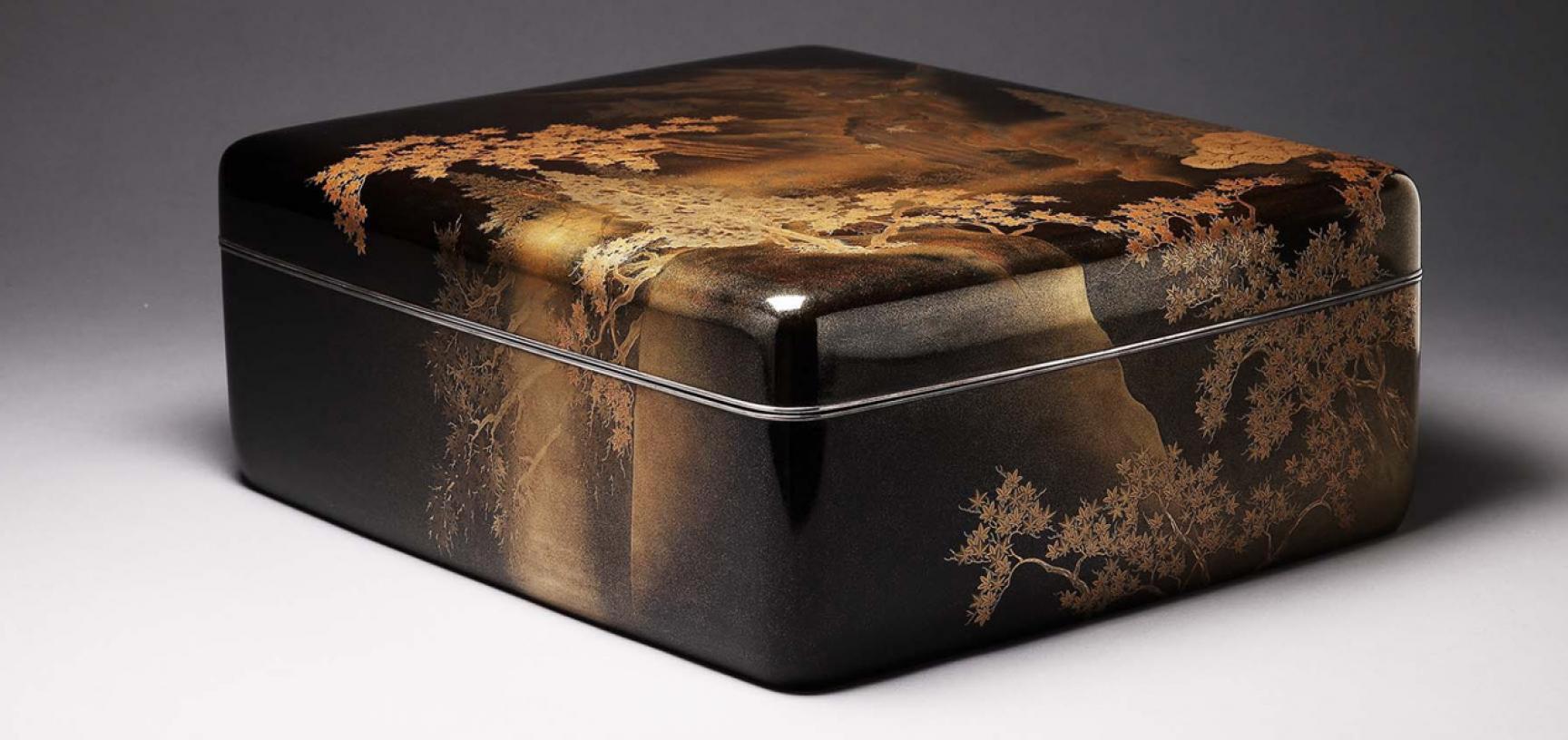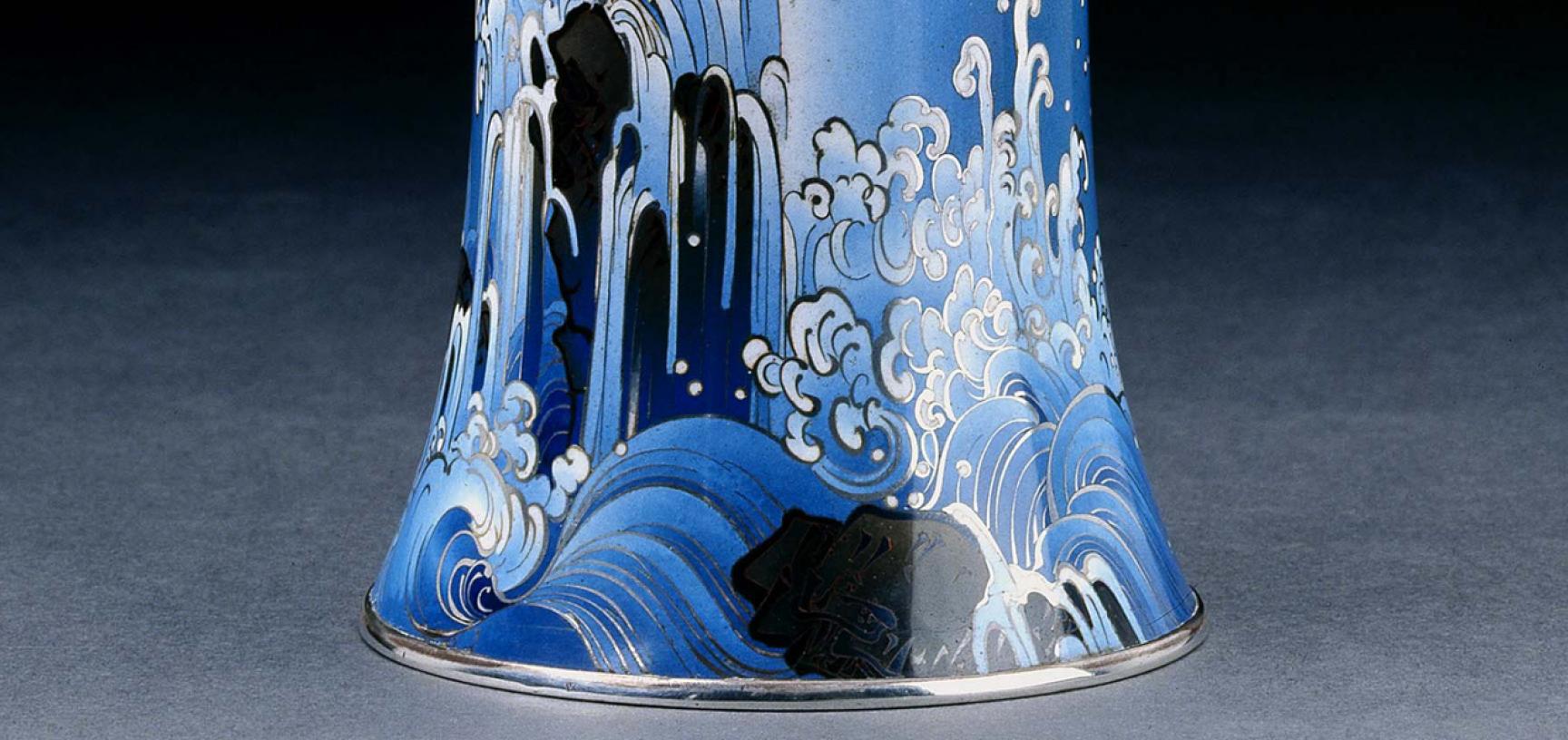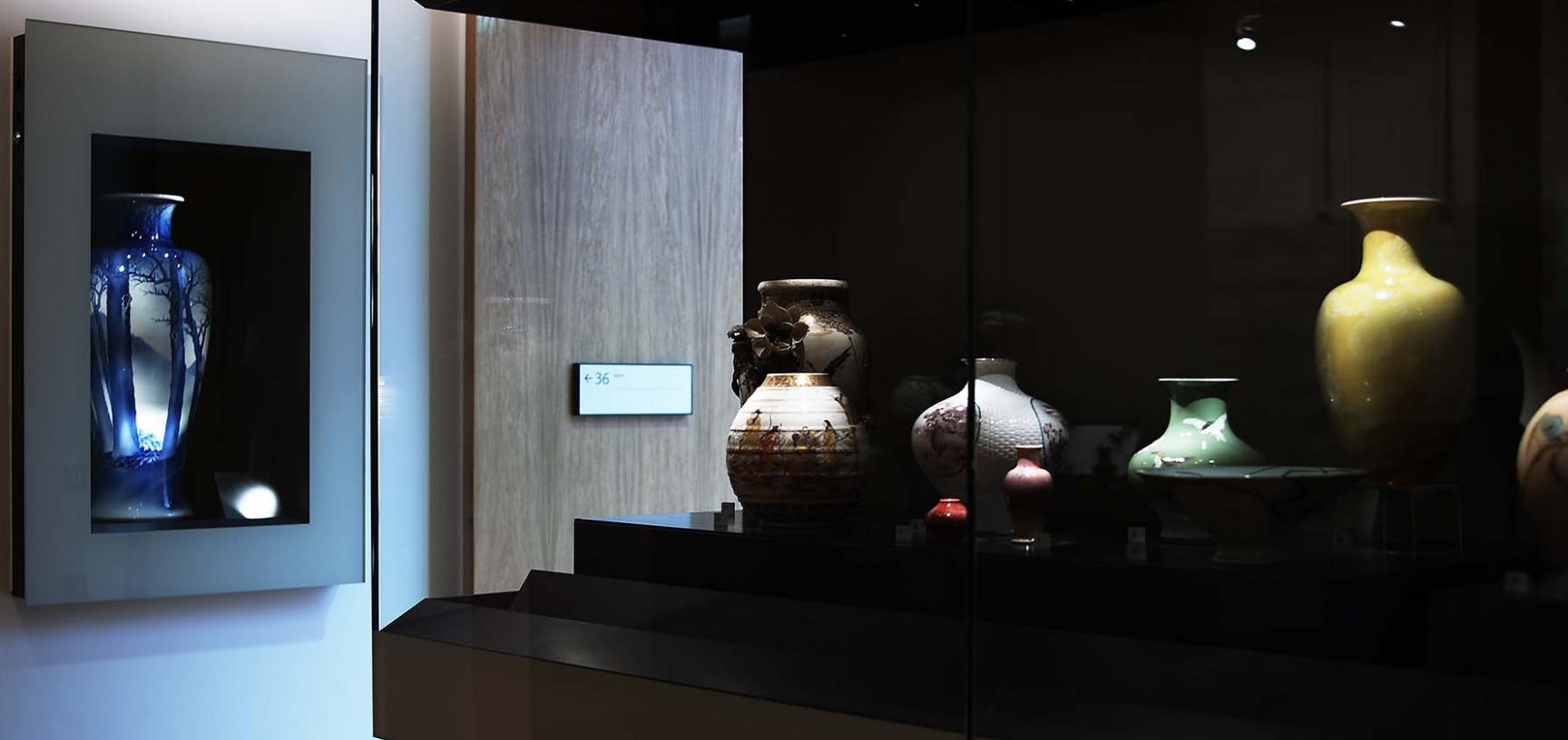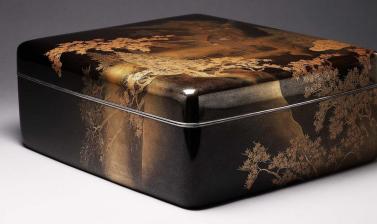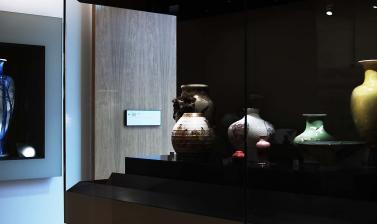JAPAN FROM 1850
This gallery covers the arts of Japan in the Meiji era (1868–1912) when the country was opened up to the West after 250 years of self-imposed isolation, and attempted to industrialise and to compete with the Western nations.
Artists were encouraged to produce works for an expanding overseas market and from 1867 Japanese artists and companies started to exhibit works at International Expositions. Western customers were fascinated by the beautiful and unfamiliar ceramics, lacquer and metalwork and Japanese art had a major influence on Western artists such as Monet, Van Gogh and Degas. The resulting styles and decoration reflect a desire to represent Japan’s developing sense of national identity while incorporating Western techniques and fashions. The Ashmolean has a particularly fine collection of Meiji arts many of which are on display in the gallery.
Despite the huge changes, many customs and practices within Japanese society remained much as before. In this gallery you can also see two aspects of traditional culture that continue to play an important role in Japan to this day: Buddhism and the tea ceremony. The tea house which is built into one end of the gallery was constructed by master carpenter Amakasu Eiichiro in collaboration with the Tokyo architect Komoda Isao, using traditional methods and techniques. Regular demonstrations of the tea ceremony are held here.



